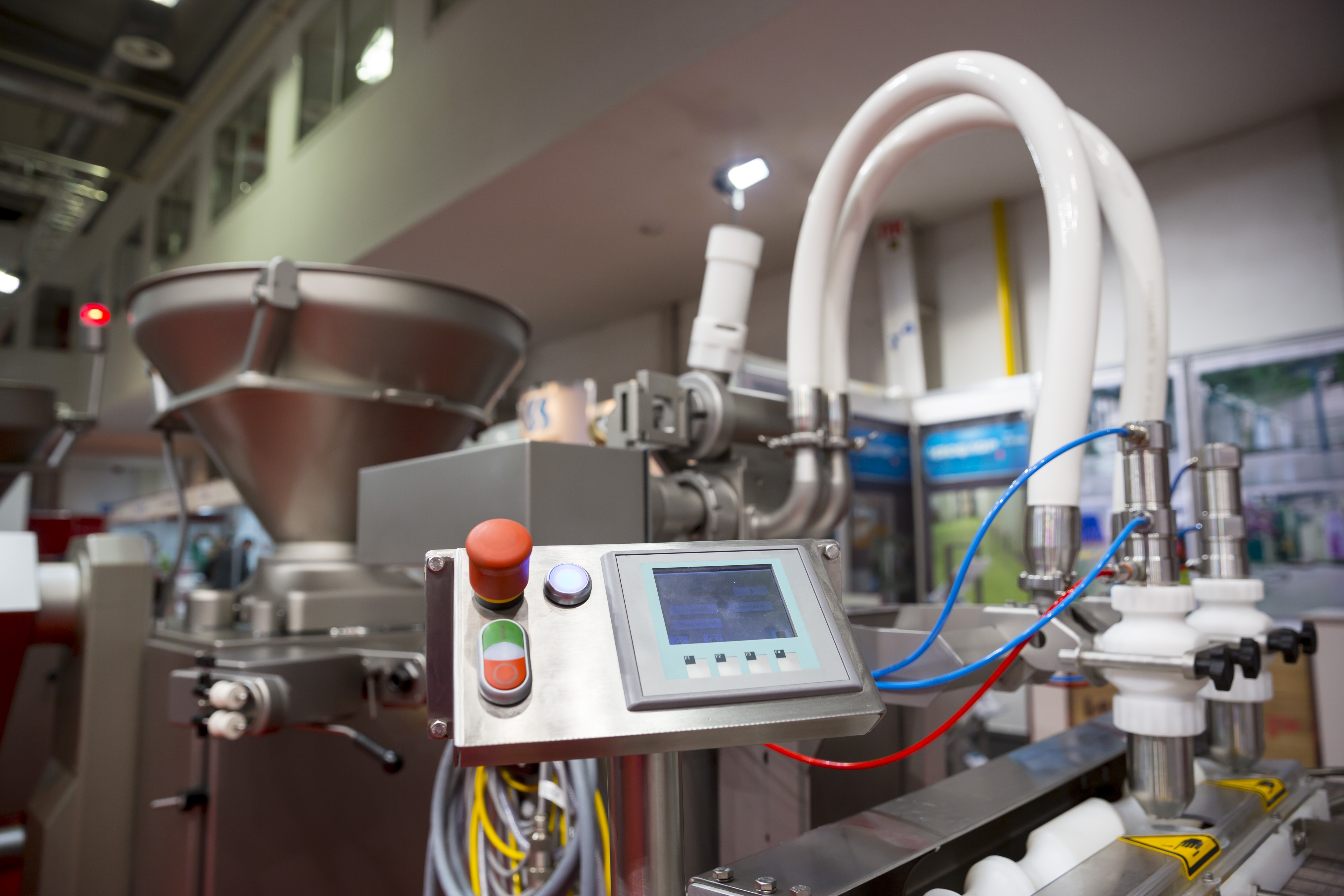The second part of our 5 part blog series on critical KPIs that meat transformers should monitor in real time deals with metal detection and more specifically, identifying rejects by using metal detectors in your factory. In order to ensure quality control and finished product compliance, the connectivity of metal detectors is essential.
KPI #2 - Rejects identified by metal detectors
The goal is to be able to detect in real time the moment when the number of rejects is greater than the quality control standard established for rejects in your factory. There can be a problem with a piece of equipment including wear and tear, machine failure, a piece of equipment could have fallen or a knife could have been dropped or broken. By collecting data from a Ceia or LOMA metal detector, your team can be informed immediately when the number of rejects surpasses the set standard and act proactively.

CEIA - Metal Detector can be connected to automatically collect data

LOMA - Metal Detector can be connected to automatically collect data
Why you should connect metal detectors
« Data is key. The more crucial information is easily accessible, the more you lean towards efficiency. When data is collected, it becomes accessible to everyone which accelerates our operations and our response time when problems affecting quality occur.»
- Poultry Transformer
Read 5 Critical KPIs that Meat Processors Should Monitor in Real Time - Part 3











